Camel More than great at many things, especially marketing. And while its advertisements, promotions and conferences show its latest devices and new features, there are a group of marketing tricks that the company relies on to make us spend a lot of money in order to buy its expensive devices, one of these tricks is known as the decoy effect or the decoy effect (also called the bait effect or deceptive effect or camouflage), let's learn in the following lines about that strategy, and how Apple uses it to sell its most expensive products with ease.
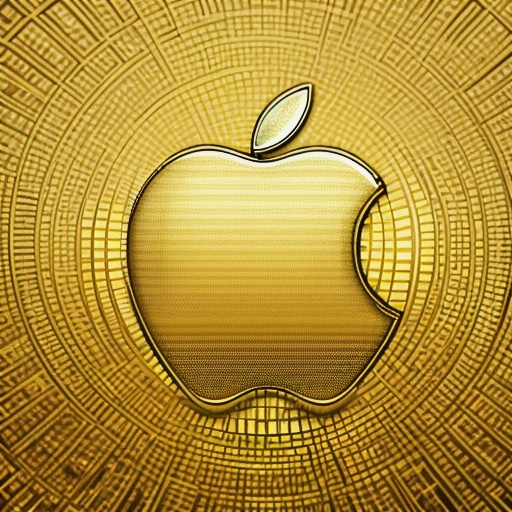
What is the Decoy effect?
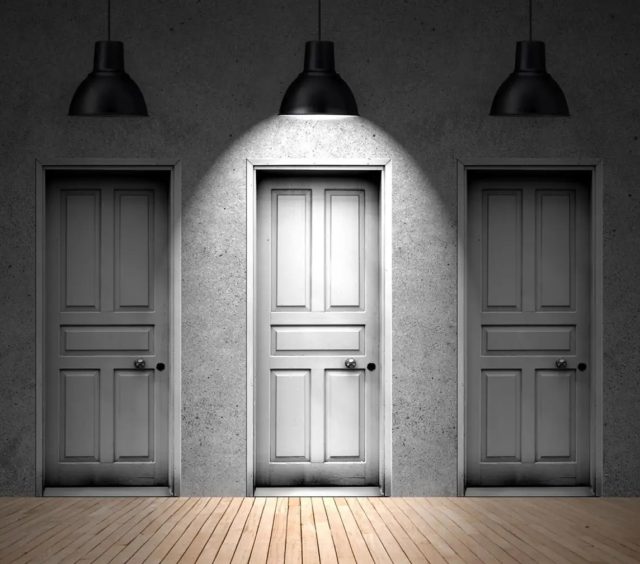
Decoy effect A decoy is a very common marketing trick that companies use to sell more expensive products instead of cheaper ones. With this strategy, the seller manipulates your buying preferences by adding a "bait" to the pool of products being priced so that the more expensive version looks like a better deal to you. For example, suppose you are trying to buy a new car, then the seller will offer you two options: the first car comes with few features and is priced at $10000 and the second car has more features and has a higher price of $20000, then you will feel that the second car is too expensive for you, and this is where the Decoy effect comes in. The seller offers you a third car with features slightly higher than the first car, but not with the same features as the second car, and at a price of $18000. In this case, the price of the second car will be more reasonable for you, because you will not compare it to the first car, but will compare it to the third car; Thus, you will immediately decide to buy the most expensive car. In this way, the negative feelings previously associated with the second, more expensive car, are transferred to the third car, which is the decoy or bait offered to you by the seller until you change your mind and buy the product you didn't need or even thought about.
Why do we buy expensive Apple products?
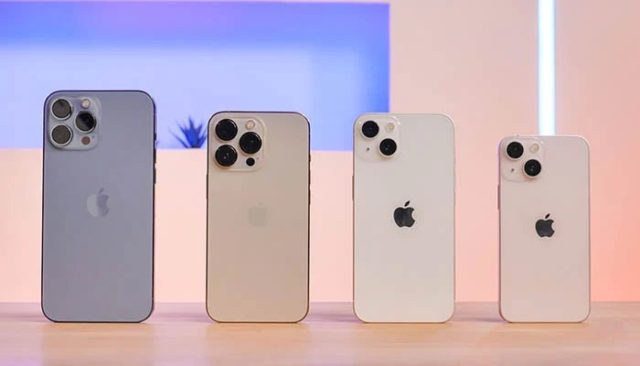
Now that you understand what the Decoy Effect is, let's see how Apple uses it to sell devices IPhone. The current iPhone 14 series costs $799, $899, $999, and $1099, respectively, for all models. This price seems reasonable at first glance, but each model in the series pushes you to buy the higher version iPhone 14 Pro Max.
Wondering how that happens? Here's the decoy effect, or the bait. The standard iPhone 14, which starts at $799, has a 6.1-inch screen and a 3279mAh battery, which is rather small when compared to phones out there. So I decided to choose the $14 iPhone 899 Plus instead for its larger 6.7-inch screen and 4323mAh battery.
However, I noticed that by spending just $100, you can get the $14 iPhone 999 Pro which has a telephoto camera and the dynamic island, but that's at the cost of going back to the 6.1-inch screen and smaller 3200mAh battery.

The decoy effect or bait continues when you decide to choose the iPhone 14 Pro Max, which costs $ 1099, has a larger screen and a higher battery, although you intended to spend only $ 799 at the beginning, but you are now considering paying an additional $ 300 to buy the most expensive device. price in series. It happens not only when buying iPhone devices, but also appears when buying other Apple devices such as the iPad or Macbook or any other product of the company.
Apple is not the only one
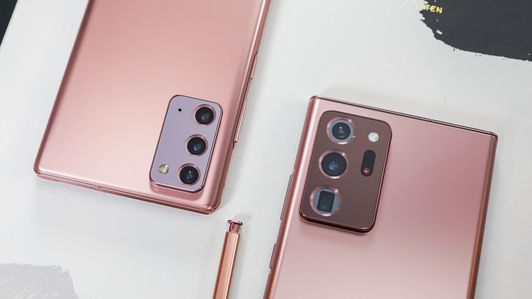
You may think that Apple is the only one that relies on the decoy effect or the influence of the company to sell its more expensive products, but many companies resort to that trick, even its arch-rival Samsung is also using that strategy with its users, for example, in 2020, Samsung tried to motivate users On the purchase of its Galaxy Note 20 Ultra, which costs $ 1299, by offering the bait, which is the Galaxy Note 20, which costs $ 999, which had a plastic body and a weaker screen than the first phone, and although the latter appears to be more suitable for purchase, the Decoy effect prompted users to spend $ 300 An extra dollar to get the best, and so the logical choice for them was the more expensive phone.
Is it better to buy the most expensive phones?
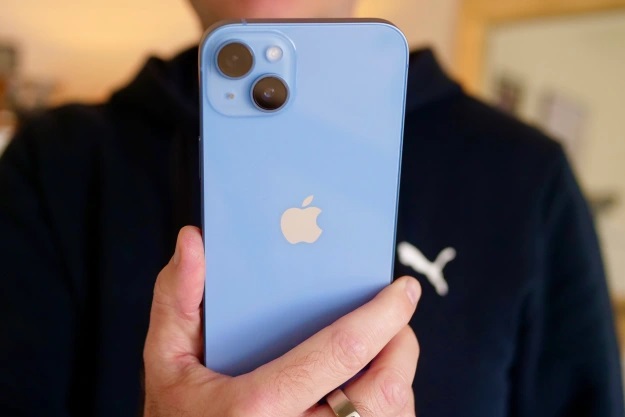
The answer depends on what you want, but paying more for more features just doesn't make sense for many users. Returning to the iPhone 14, the telephoto camera and the dynamic island found in the higher models are not essential features that cannot be lived without, because you will be able to take the photos you want with ease through the iPhone's main camera, so the telephoto or telephoto camera is not that important. The dynamic island is not necessary either; Basically, it's a great alternative to the notification menu, and it doesn't change your user experience excessively.
Finally, Apple and other companies use all kinds of different marketing tricks and strategies to force you to spend a lot of your money on their products, so always remember to only pay for what you actually need and not what the company does to make you think you need it.
Source:



29 comment